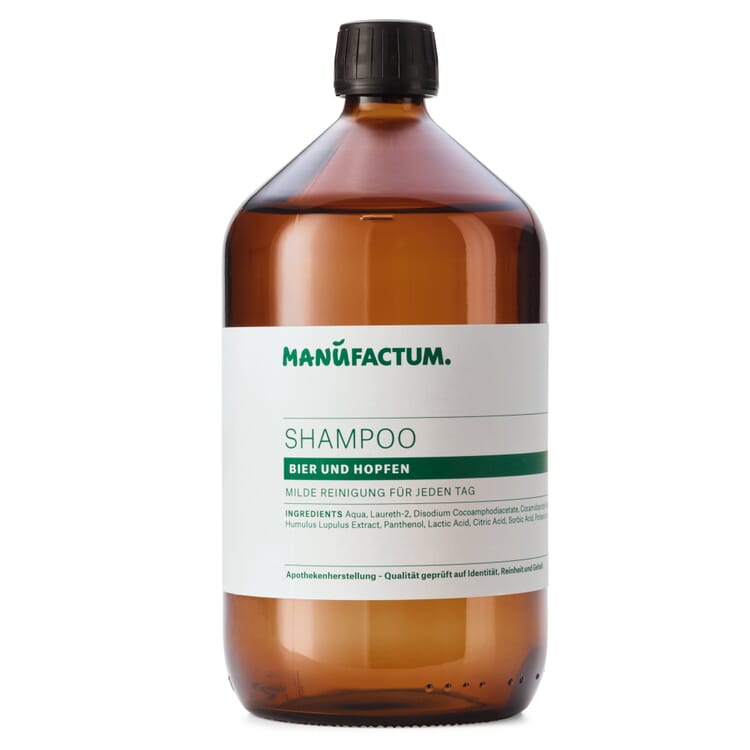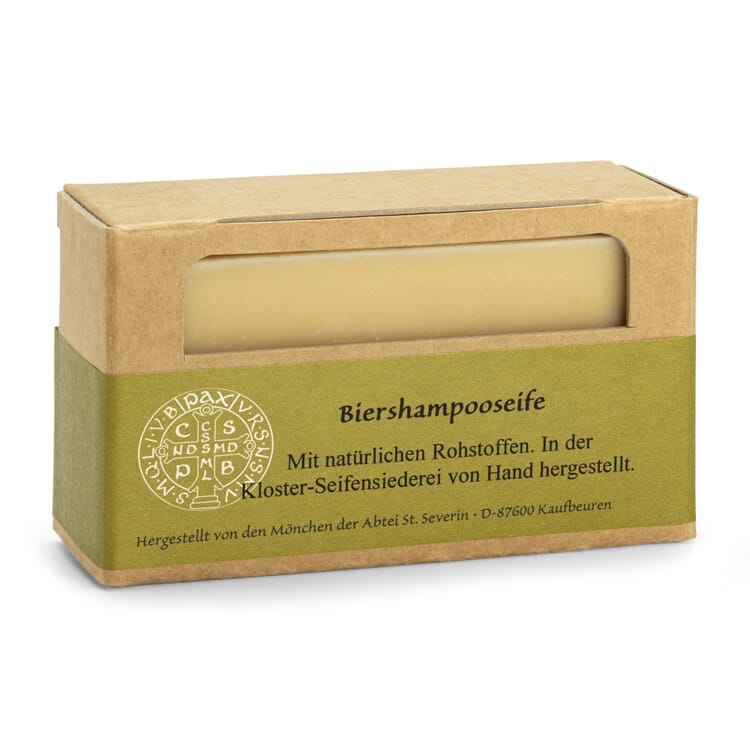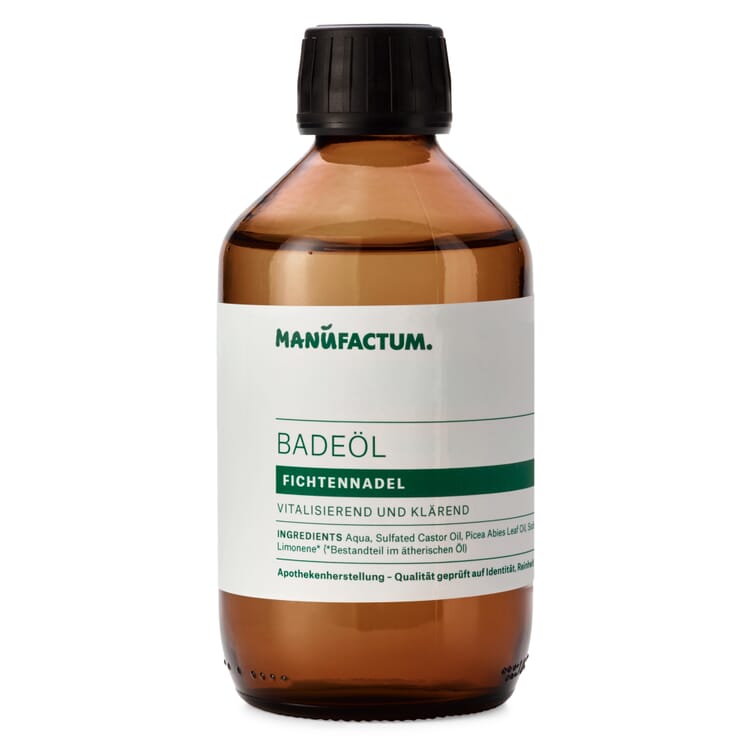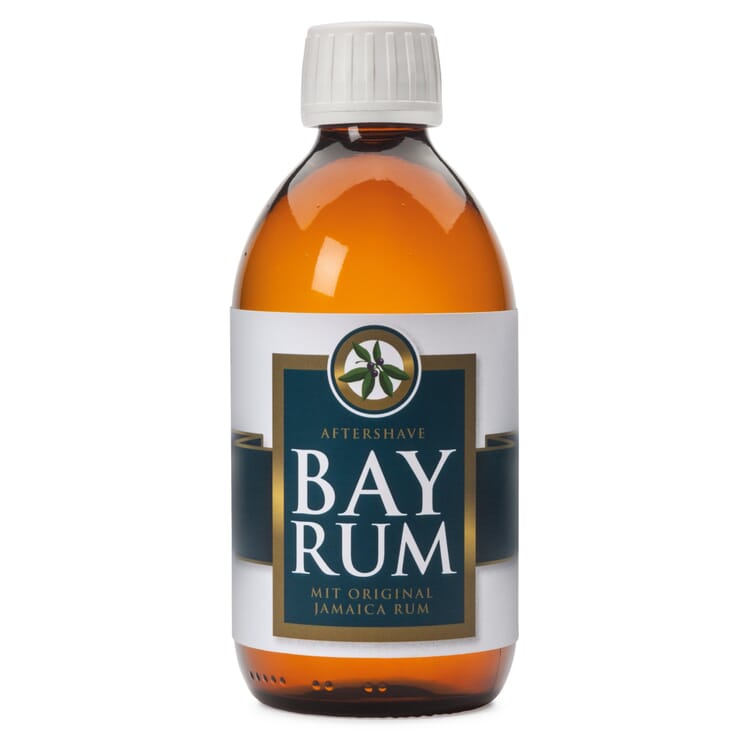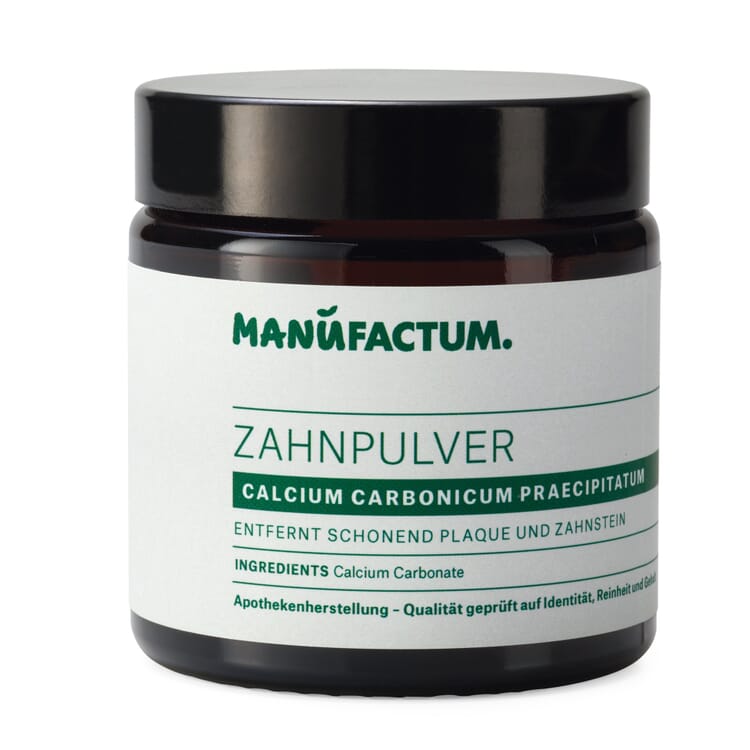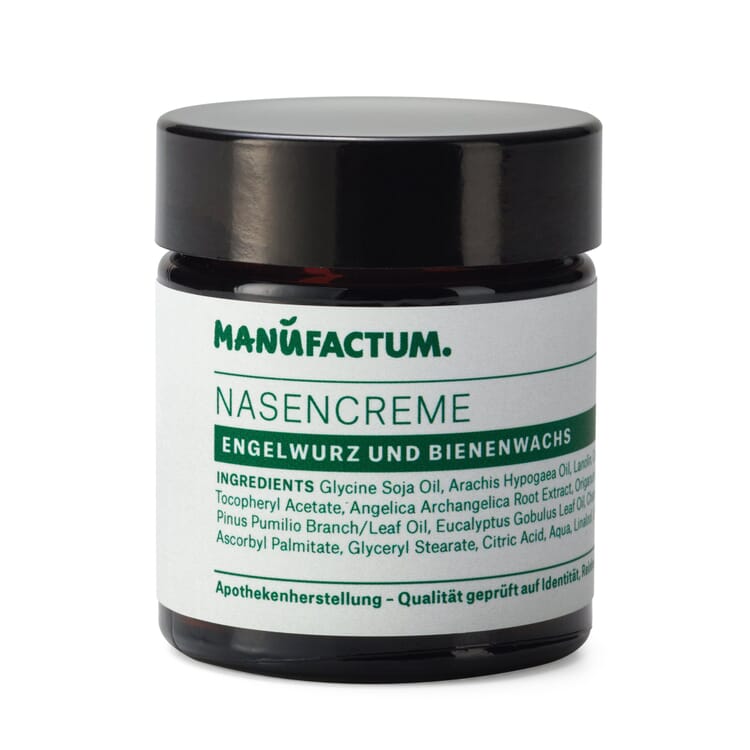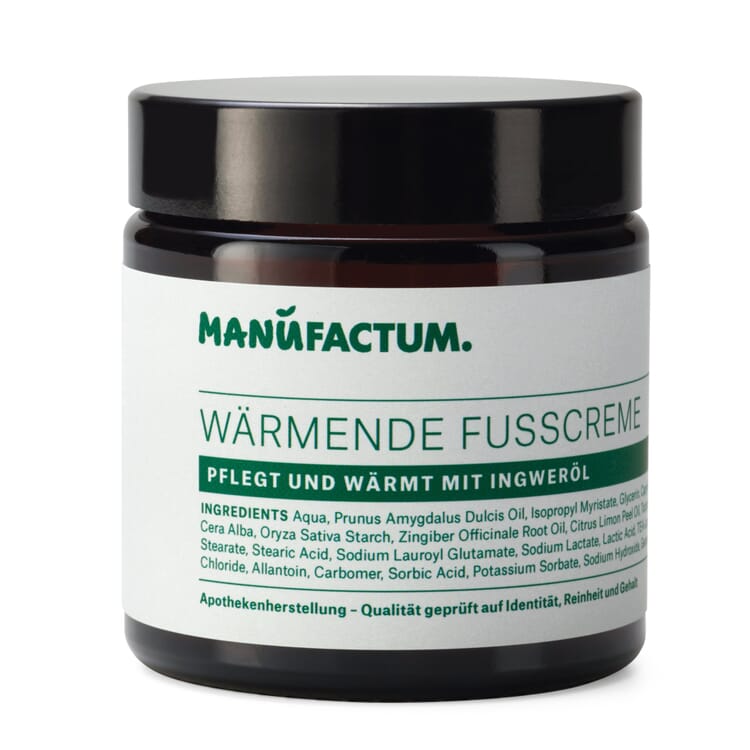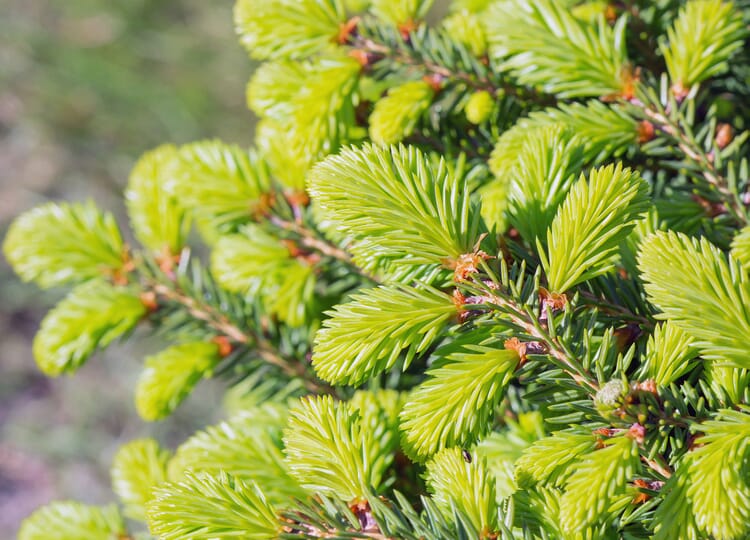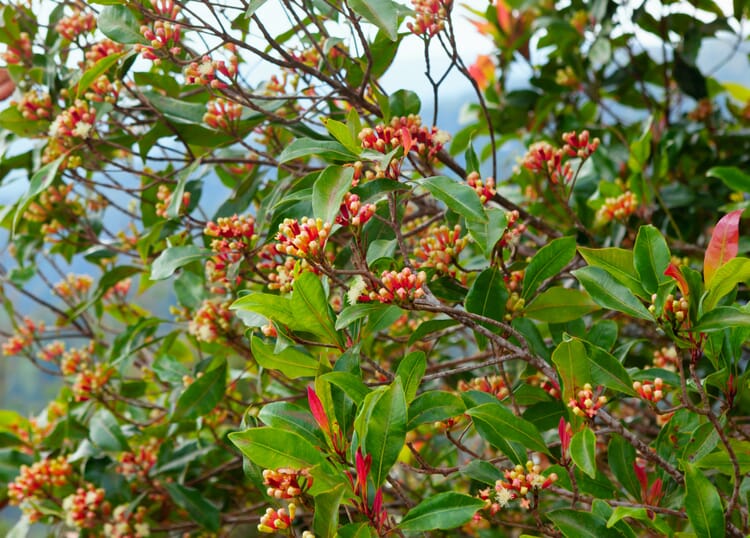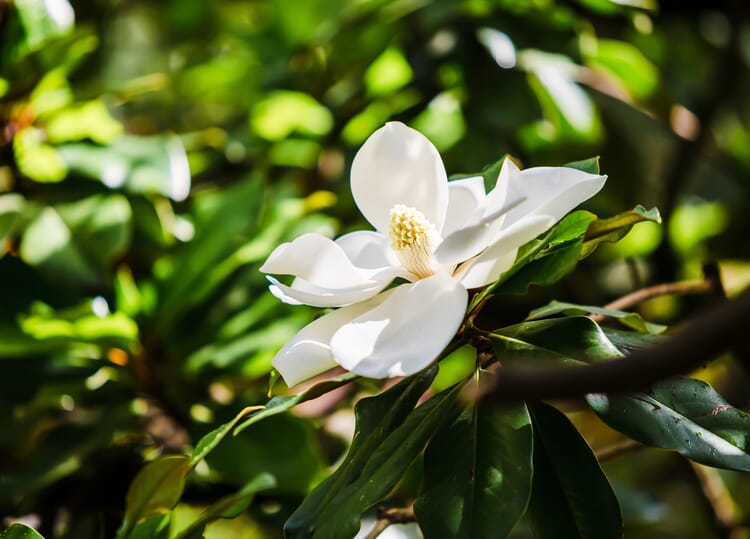Medicinal plants A|B|C
Hops (Humulus lupulus)
The hemp plant is one of the few climbing plants whose tendrils wind clockwise (seen from above). North of the Alps, hops was cultivated in monasteries as a potent seasoning and preservative from the 8th century at the latest. Its breakthrough came with the Bavarian Purity Law of 1516, which ensured that beer could only be preserved with hops. Other beer ingredients, such as the psychoactive henbane, have since become a thing of the past.
Origin and cultivation.
Wherever there is a temperate climate in Eurasia and North America, the wild form of the hop can be found in riparian forests and forest edges. Hops are dioecious, i.e. there are male and female plants. The latter form scaly fruit clusters ("hop cones"), which ripen at the end of August and beginning of September. The perennial plant is cultivated in hop gardens; one of the world's largest hop-growing areas is the Bavarian Hallertau, also known as Holledau. There, under optimal conditions, the hops grow up to eight meters in height on wires - up to 30 cm a day.
Ingredients.
Hildegard von Bingen wrote about hops: "Its bitterness prevents putrefaction." In fact, its resinous, sticky fruit scales are particularly rich in bitter substances with an antibiotic effect; the bitter acids humulone and lupulone make up the largest proportion. Bitter and tannic substances are also responsible for the appetite-stimulating and digestive properties of hops. Other constituents of hop cones are effective plant pigments (flavonoids). Some newer hop varieties contain fewer bitter substances and more essential oils ("aroma hops").
Use of the hops.
- Of course, the best known is its use in the production of beer. Hops make it durable and are responsible for the typical bitter taste
- In natural cosmetics, hops are used as an additive in hair conditioners and shampoos, they give hair volume and shine. The phytohormones contained in hops act similarly to estrogen and can make hair grow stronger
- Hop pillows are an ideal aid to falling asleep, because the substances responsible for the calming effect of hops are highly volatile and can be absorbed through the respiratory tract. The special feature: Hops relax without disturbing the sequence of sleep phases. According to recent studies, hopsnextract help autistic individuals to relax and increase their cognition.
It's not just the high calorie content of beer that makes for rounder curves in regular beer drinkers - the phytohormone content of hops probably also plays its part.
Exclusive Manufactum body care products
Recommended Topics
Free-standing spruces grow 30 to 40 meters high, in dense stands they even stretch to 60 meters. Their sharp, piercing needles sit on small stems, and the hanging cones fall to the ground as "fir cones" in the fall. The spruce was named Tree of the Year 2017 because it does not tolerate a lack of water or waterlogging. It will therefore not cope well with the expected climatic changes - Germany's most common tree species could soon become rare.
View moreThe evergreen clove tree is a child of the tropics; heat and humidity of up to 100 percent are just right for the tree, which can grow to about 12 meters high and 130 years old. Its dried flower buds are used as a spice and also as a remedy; because they resemble small nails in shape, they used to be called "little nails." The power of the medicinal plant of the year 2010 can be easily tested: if you bite on a clove, you will feel a burning sensation on your tongue and the slight anesthesia.
View moreOver 130 million years ago, magnolias were among the first plants to produce flowers. At that time there were no bees, but there were beetles; to this day magnolias are pollinated by beetles. One of the approximately 250 species is the evergreen Magnolia grandiflora. As a tree or multi-stemmed shrub, it grows up to 25 meters high, and its creamy white flowers are among the largest tree flowers of all, measuring 25 centimeters.
View more




